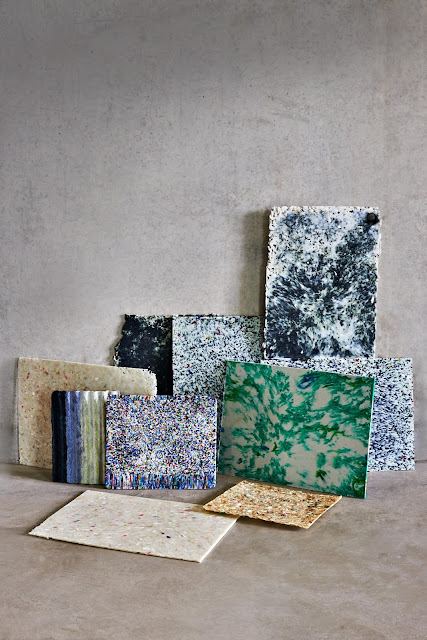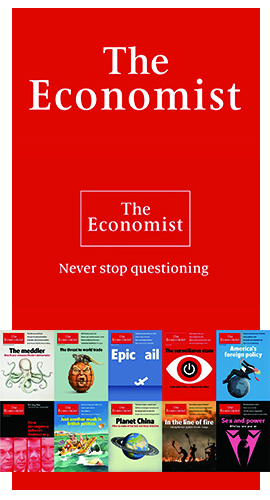There is no such thing as “away”.
When we throw anything away, it must go somewhere.
這是世上沒有所謂的“丟棄”
當我們丟掉任何東西的時候,他們一定會被運用到某個地方
Annie Leonard-
Horn, H. (2013). ‘The Secret World of Garbagemen’.
The Atlantic
這設計項目的概念為 ‘ 垃圾,生活與我 Myself, my life and my trash’,靈感源自完全負起處理自身垃圾責任的過程,因此要如何回答這個問題?變成了非常重要的議題。
How will take complete responsibility for dealing with my own trash lead to a greater understanding of materials and new creative design outputs?
如何從一個完全負起處理自身垃圾責任的過程,深入了解垃圾的成分,因而創造出創新的新材質以及激發更多的設計可能性?
來自台灣,張至嘉 CHIH-CHIA CHANG 是一位Communication Designer。 於2018畢業於英國倫敦中央聖馬丁 Future Material 研究所,設計碩士。這是她今年的畢業作品,她也透過此作品來回應 Annie Leonard的這一段話。
她認為我們生活在一個隨時都在丟棄垃圾的社會。平均而言,在英國,每個人每七個禮拜就會丟棄與自己身體重量相同的垃圾量。然而,我們對垃圾的了解與定義,取決於我們自身的感受和他對我們個人與環境的影響程度。在整個個項目裡,透過對自己生產與消費的垃圾負完全的責任,目地不僅是要更加的了解垃圾材料的成分,並且我把垃圾視為產量大以及非常有潛力的原始材料。
We live in a throw-away society. On average, each person in the UK throws away their own body weight in rubbish every seven weeks. However, the way we understand and define waste very much depends on how much we feel it impacts us on a personal and local level. By taking complete responsibility for my own consumption and waste, I aim to not only gain a better understanding of the material composition of my trash, but to also consider it as an abundant and potential new raw material.
Tharp, T. (2006).
The Creative Habit: Learn It and Use It for Life
作為 CHIH-CHIA CHANG 個人設計旅途的一部份,用自身垃圾製造出創新的表面材質和產品,透過我整個收集垃圾的過程與手法,創造一個能處理自身垃圾新的循環系統,並且更全面性的探討我們現在的消費習慣與丟棄式文化對我們未來的影響 。
As part of my personal journey, I have created new composite materials and products from my trash that sit in a new, circular and more holistic method of consuming and processing one’s personal trash.
Baker, F. (2017)在‘The Afterlife of Discarded objects’上也說:不論國家、文化、或是每個時期,物品都是與記憶緊緊想聯的。實際上,有一種講法無法完全解釋但足以表達大部分的情況: 我們的記憶與物體有種緊。
Regardless of country, culture, or time period, objects are connected to memories. In fact, one could go out on a limb and say that most, if not all, of our memories, involve some kind of relationship to things.
Baker, F. (2017). ‘The Afterlife of Discarded objects’.
The state of the Arts.
Communication Designer:張至嘉 CHIH-CHIA CHANG
英國倫敦中央聖馬丁
Central Saint Martins College of Art and Design Material Future 研究所
Website: cathrynchang.weebly.com
Email: chia972976@gmail.com
instagram: chihchia0224
arts x materials 材料研究室歡迎不同合作方式,聯絡請洽Email.














沒有留言:
張貼留言